Happy Birthday, Dash & Dot! Five years ago on this very day, September 13, Dash & Dot arrived in our world. They looked every bit the quirky, otherworldly beings that we had envisioned them to be. And yet, at first look, they also evoked a sense of friendliness.
Since that day, Dash & Dot have reached every corner on Earth — and even outer space — and have made friends with children of all ages, gender, race, ethnicity, and skill. Along the way, these children have executed over 79 million programs for these robots. Dash & Dot have made it to the White House and to the sets of “The Big Bang Theory.” They’ve had their own YouTube show, and they’ve graced the covers of magazines and books. These robots — our little ones — have found love and fame all over the world.
Once we had the robots assembled, our real work began. We had to breathe life into these robots with software. We had to give them skills and abilities. The robots’ personalities needed to come alive. We invested in personalities for the robots that would engage children right out of the box.
Animations of these personalities were created in Maya (modeling software). We built tools to translate those animations into on-robot code. And we iterated. We dreamed up experiences that were above and beyond the capabilities of other robots, and worked hard to turn dreams into reality. Today, I can look back and take a moment to feel proud and thankful for the team of engineers, designers, animators, artists, and creators who have been a part of the five-year journey of Dash & Dot.
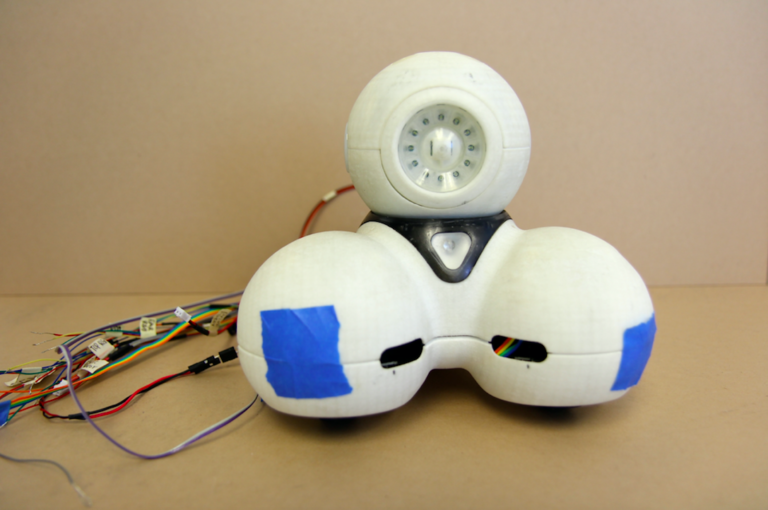
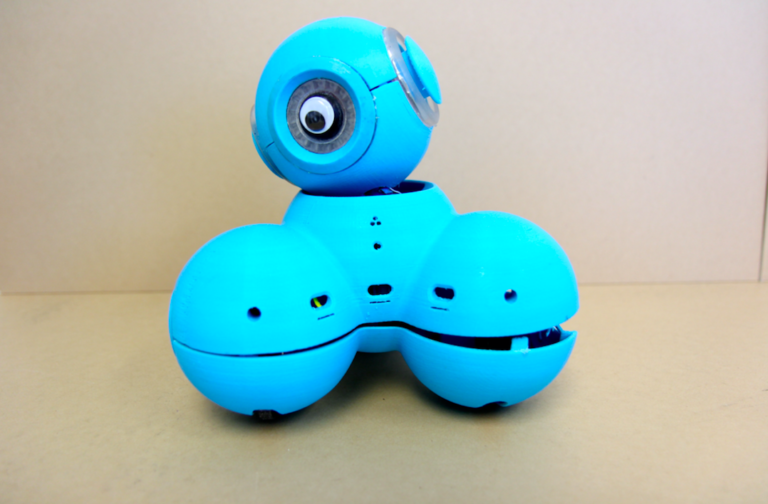
In 2013, when we were getting ready to show Dash for the first time to the world, we wanted to create an experience with Dash that hadn’t been done before with robots — and one that brought out the capabilities of the robot in a memorable way.
At that point we had already designed the robot’s physical shape, and had committed to an animated body — especially brought to life with a head that the robot could control with two axes of motion. This is when we dreamed up the possibility of Dash being able to play music on a xylophone. Here’s a video that shows the work from those early days, and what Dash’s Xylo is today — with variations of the tune, “Twinkle, Twinkle, Little Star”:
This goal was easier said than done to have Dash become a musician. Dash had to have precise control of its head motion — so that it could position the Xylophone mallet accurately. The mallet needed to be able to move from one end of the Xylo to the other in a short time, so that it could play all the notes in succession. Dash had to hit the bars with a highly calibrated nod, so that the notes sounded good.
The design process spanned animations — instrumenting the sensor data for the head positions, and instrumenting the animation playback on the robot to get the sound right. This was almost like teaching a child to walk or ride a bicycle. Just like parents taking joy in their watching their child go from learning to walk to running around, we can take pride in the moments of joy and wonder that Dash has brought to children around the world.
The real joy, though, lies in the creations from children around the world — and what they do with the tools we build. And what better way for me to celebrate but to share their creativity with you:
Join us in celebrating Dash & Dot’s birthday on September 13. Share your birthday wishes, performances, and celebrations with us all month long to be entered to win a Dash robot.
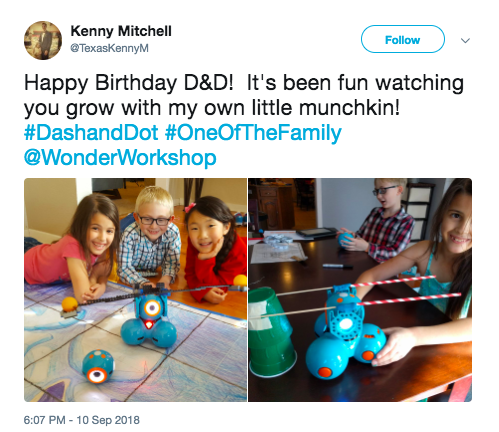



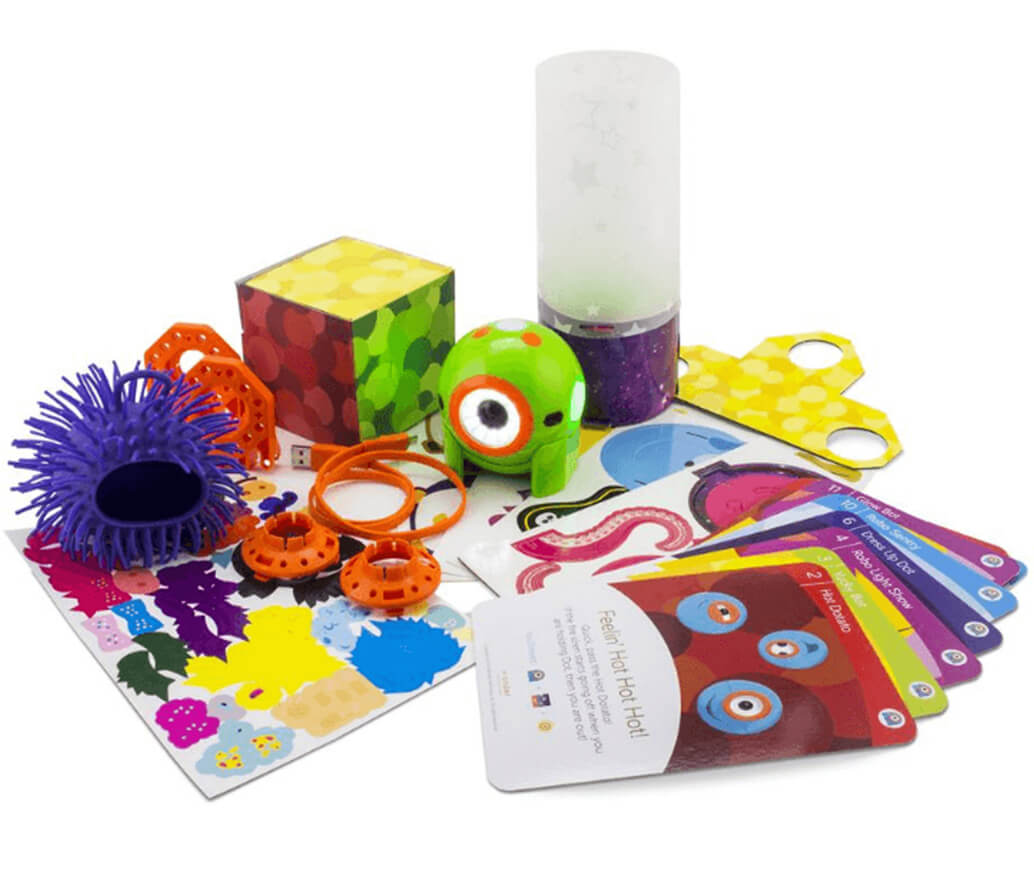
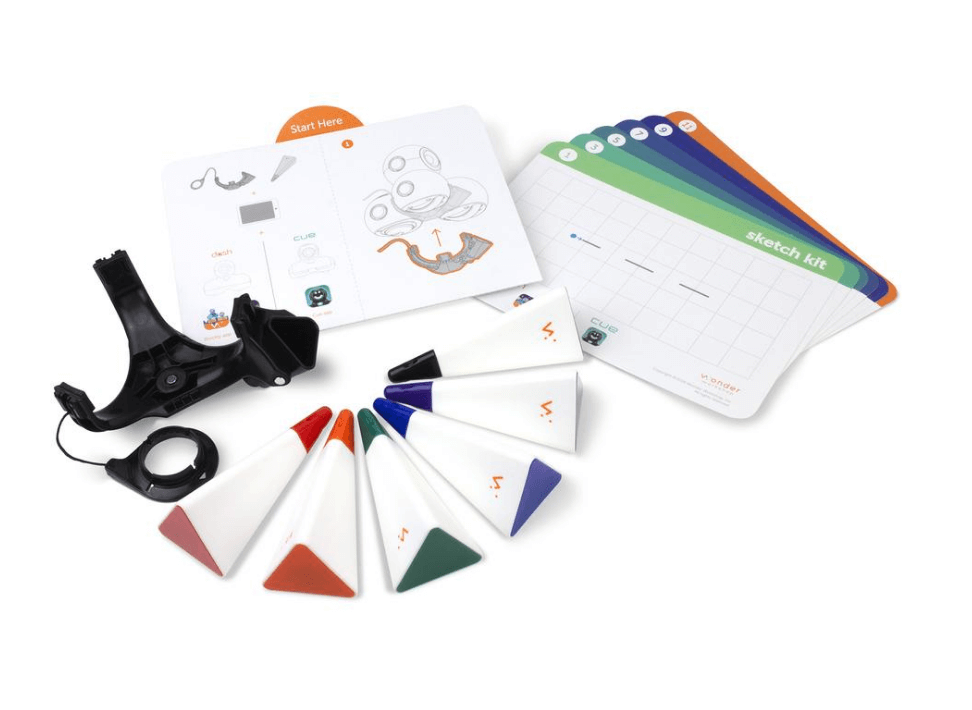


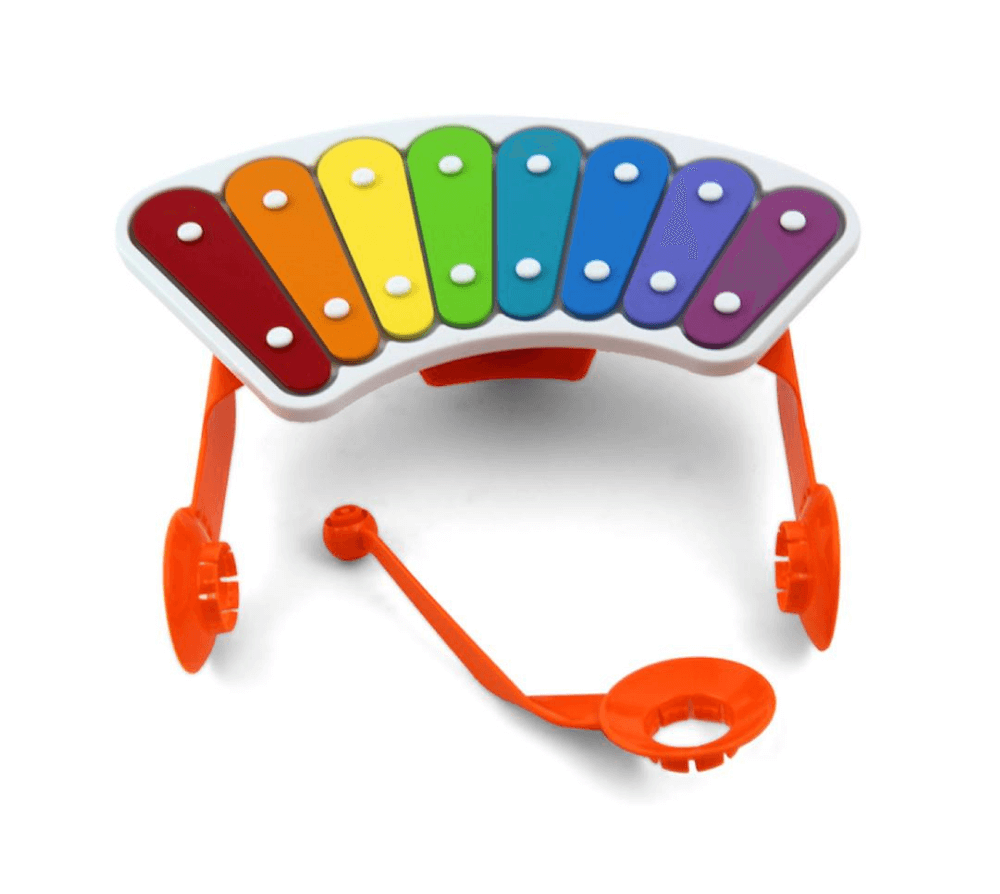

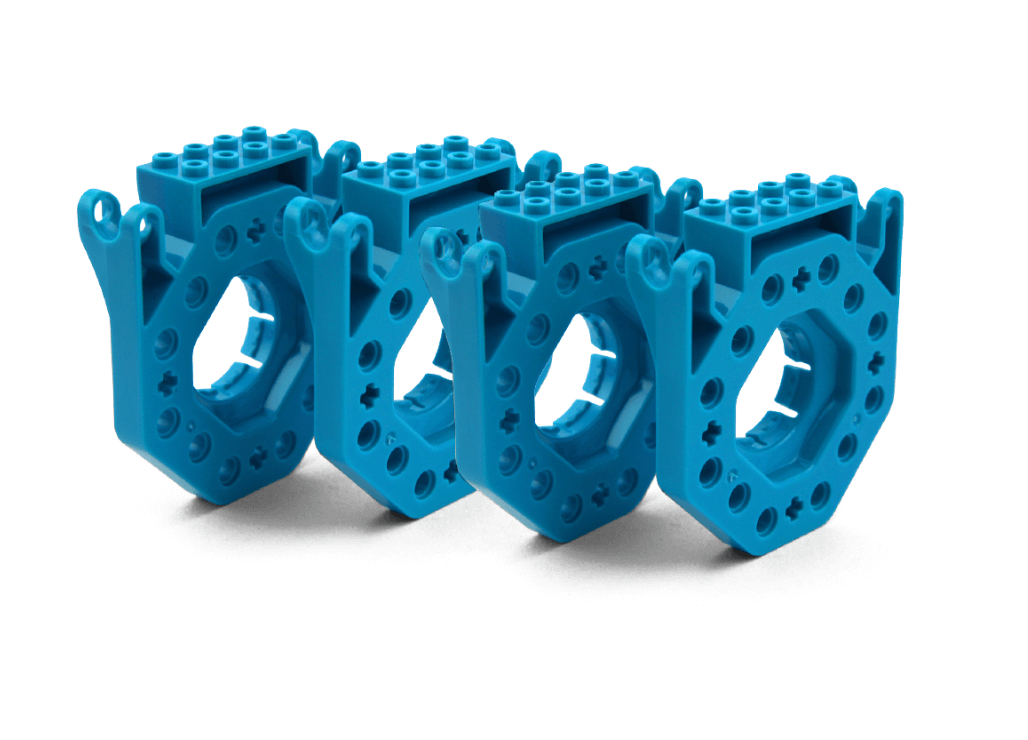
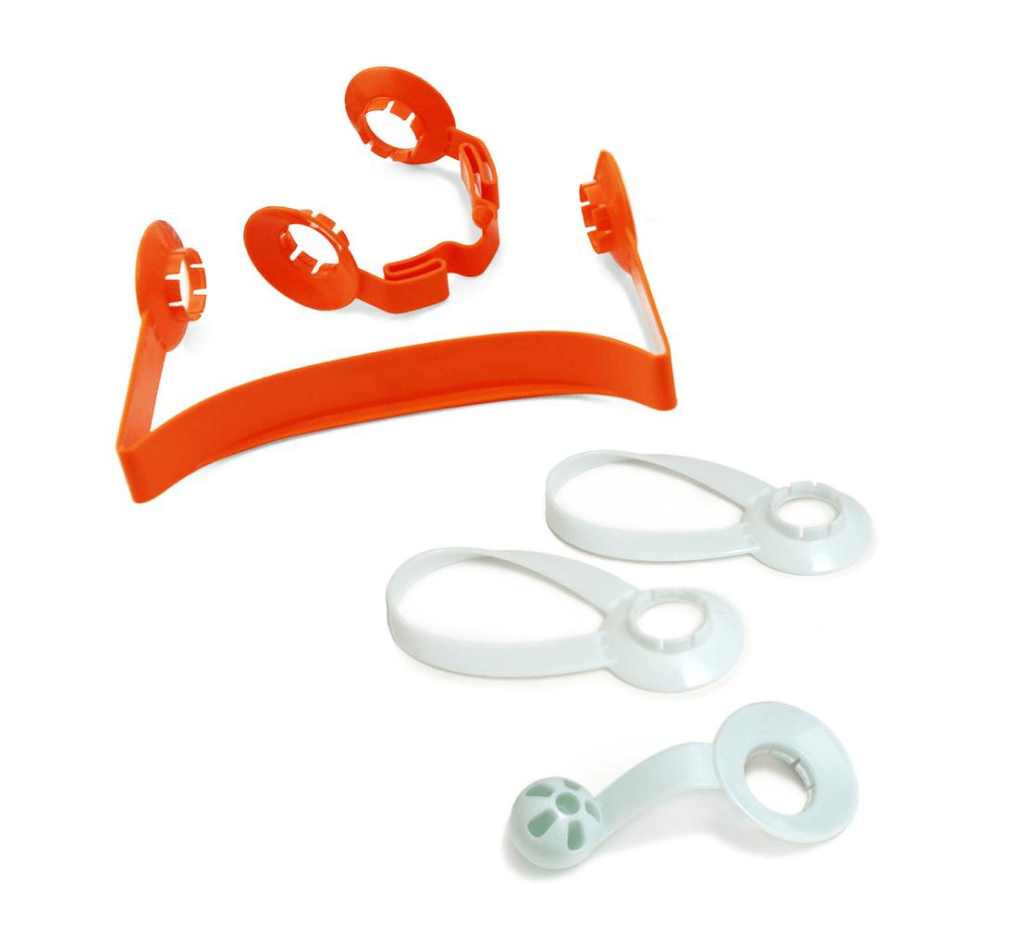

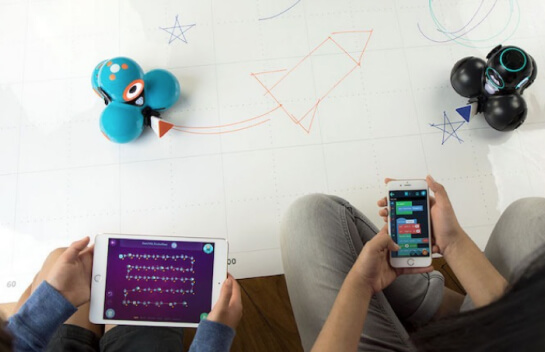
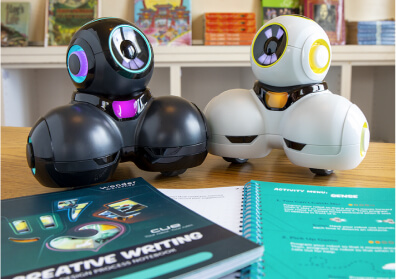
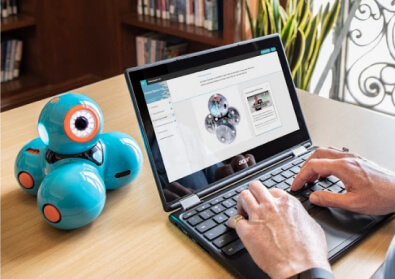



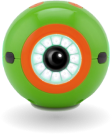



 Please wait while you are redirected to the right page...
Please wait while you are redirected to the right page...